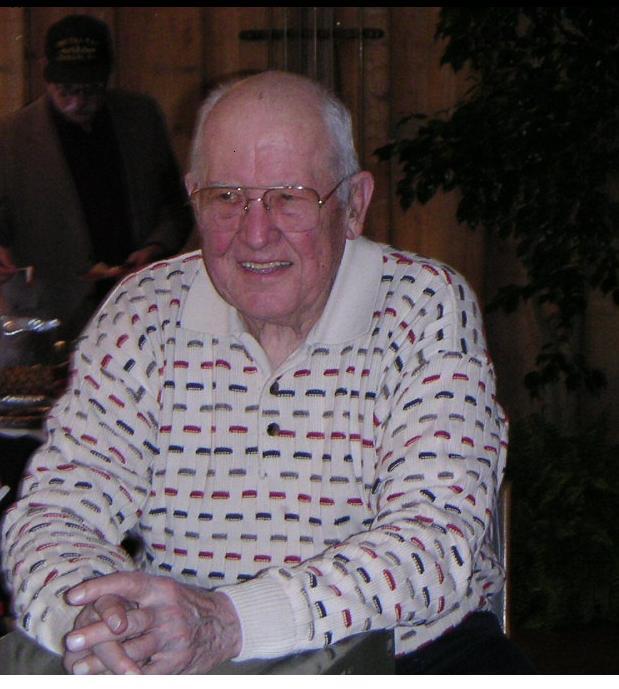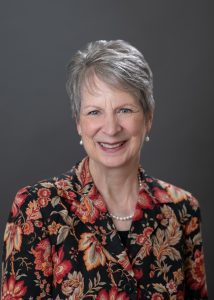
Last year, I wrote about the Memorial Day tribute at Trinity Lutheran Church, our congregation’s original home church in Crimora. Five years ago, I wrote about my father’s service in WWII, and a little about my father-in-law, Colonel Edward W. Kenny. A fighter pilot in WWII, Korea, and Vietnam, Dad had many close calls, the first in 1945 when shot down over Belgium in his P-47.
Thanks to my husband Keith and to Dad, here is the rest of ‘Big Ed’s’ story.
***
Big Ed Brings All His Chicks Home
His first commendation medal was for outstanding service as a Recreations Officer in the Army of Occupation after WWII. Entering the war as a fighter pilot, Big Ed had to sign up for a second specialty and figured that Recreations Officer would be safe: he’d be home as soon as the fighting was over. But the war ended during his recuperation from acute appendicitis, and in the interim, Recreation Officer became the highest need. It seemed our ‘Greatest Generation’ when not occupied was prone to gonorrhea. In Germany, Big Ed organized courses for guys who hadn’t finished high school, language and skills training, choirs and sports teams: basketball, shooting and ping-pong. He himself held the European ping-pong championship title for about 30 minutes. Competition was fierce, and the VD rate dropped from above 40 percent to 2 percent. The officer who pinned the service medal on Big Ed’s uniform read about sports and academics, and then whispered to Ed, “We both know what this is really for.”
Big Ed’s career took him from WWII in Europe to conflicts in Korea and Vietnam, and his family from Detroit to Arizona, Okinawa, Upper Michigan, Colorado, Virginia, Massachusetts, Texas, and finally retirement in southern Virginia. While at the Pentagon, Big Ed cut the cost of pilot training almost in half, down from 1 million dollars per pilot in 1960 dollars. And as the head of recruiting for all of New England, the rate of car accidents and deaths among his fleet of 400 automobiles decreased from several major accidents to a couple of fender-benders per year. But our favorite story of many, showcasing who Big Ed really was, happened in 1955.
Ed was assigned to lead a new squadron, the Fighting Roosters, with 15 novice pilots based in Okinawa between the likely warzones of Korea and Taiwan. The pilots, having flown only during the day in good weather, had limited navigation, operations and combat skills. Ed worked the Fighting Roosters hard to bring their skills up to certification, but the pilots knew they fell short of the mark. So, when opportunity came to participate in the Navy’s annual exercise, Big Ed and his Roosters jumped into the game. Ed’s squadron played the Chinese Communist ‘Red Force’ against the US 7th Fleet Task Force steaming up the Taiwan Strait to counter an invasion. The rules of engagement almost assured that the Navy would not be embarrassed and Big Ed’s squadron wouldn’t have a fighting chance to find the fleet let alone to simulate an attack. But with a little luck and back door intelligence from friends in the Nationalist Chinese Air Force, Big Ed located the 7th Fleet and plotted an intercept course.
They launched 16 F-86F’s – four flights of four – and climbed to 22,000 feet, flew in trail formation for 90 minutes then dropped down to clear the overcast at 3,000 feet. There at 12 o’clock, the squadron saw a huge attack aircraft carrier. To each side an additional carrier flanked by destroyers and escorts, then cruisers trailed by oilers, tenders and various support ships.
“B flight break left, C flight break right and D flight do a 180 and pick your targets of opportunity,” Big Ed ordered his Roosters. They simulated torpedo runs and skip bombing on major ships and strafed the rest.
What a turkey shoot, Big Ed thought – a great 12 minutes. But at extended range and with fuel state at the minimum for safe return, he called his team, “Fighting Roosters, this is Blue Leader 1, take up a heading of 100 degrees and form on top.”
“Roger 2, Roger 3, Roger 4,” the squadron checked in.
Big Ed’s wingman pulled up and stayed with him as they vaulted up through the dense clouds to 20,000 feet, heading home.
“All flights, this is Blue Leader 1, check in your fuel state. Any problems?” Some of the pilots were running too low for comfort. The plan was for them to land at Cha’i in Formosa (Taiwan) instead of returning to Okinawa.
“Cha’i Tower, this is the Fighting Roosters returning from 7th Fleet exercise and calling for landing instructions.” They were 30 miles out.
“Sorry Fighting Roosters, this is Cha’i tower. We are socked in…less than one-mile visibility.” These were instrument landing conditions, but the Chinese didn’t have instruments or ground radar for a controlled approach, and the planes were too short on fuel for pilot trial runs.
Big Ed decided to line up on the signal from the single radio beacon just this side of the runway. Calculating the right approach angle and altitude from one reference point was tricky.
“This is Blue Leader 1, all flights get into element trail,” which meant Big Ed leading a string of 16 planes in eight two-aircraft formations.
“Cha’i tower, this is an emergency condition. We will make a straight-in approach, coming in hot,” to power the planes off the runway. Big Ed heard no response. His mind raced to capture all real and imagined problems for this unusual landing. They eased down to 1,000 feet, passing over his only marker, the runway radio beacon.
“All elements use a power on approach while landing in formations. A and B flights go 2,000 feet longer to avoid pileup.”
It was beautiful. All 16 planes along the runway, parked, pilots signed off, no serious close calls. All the Chicks were home.
At mission debrief and critique, the pilots talked and gestured excitedly, one hand chasing the other like planes in formation. The exercise was a turning point for the squadron and close to the real thing: a successful mission, realistic targets, weather and coordination drills and a critical surprise ending. For the first time, Big Ed saw his men talking and walking like fighter pilots, and starting to fly and think that way, too. Ed was proud of the men under his wing.
That’s the kind of man he was, Big Ed, The Colonel, the man we called Dad.
Colonel Edward W. Kenny died in 2013 at the age of 89 and was buried at Arlington Cemetery next to his wife of 62 years. Most people ask if Big Ed’s greatest accomplishment was winning the 1954 Bendix Race, the trophy now in the Smithsonian. But we all know what made him most proud:
Dad brought his Chicks home.



Oh, Carole, this has me in tears. How thankful I am for those who served. What a wonderful treasure you have created in writing down this bit of family history you have in your father and father-in-law. Incredibly moving. Thank you for sharing it with your readers.
Thank you, Cindie. I too love to hear stories from my parents’ generation. Dad was a storyteller, and his stories were about people.